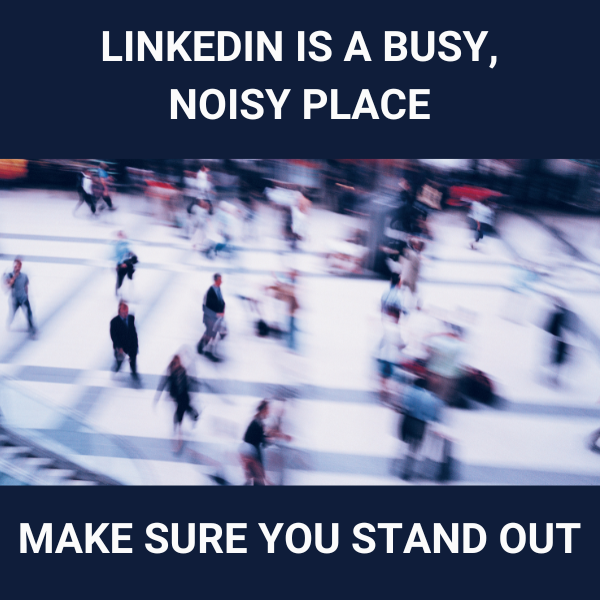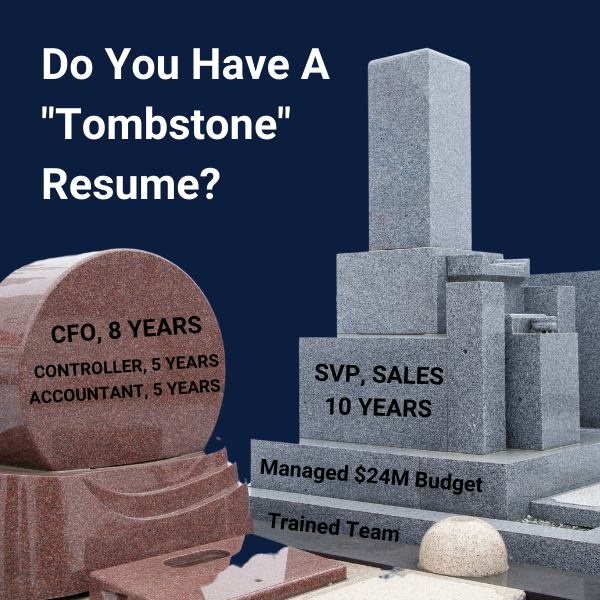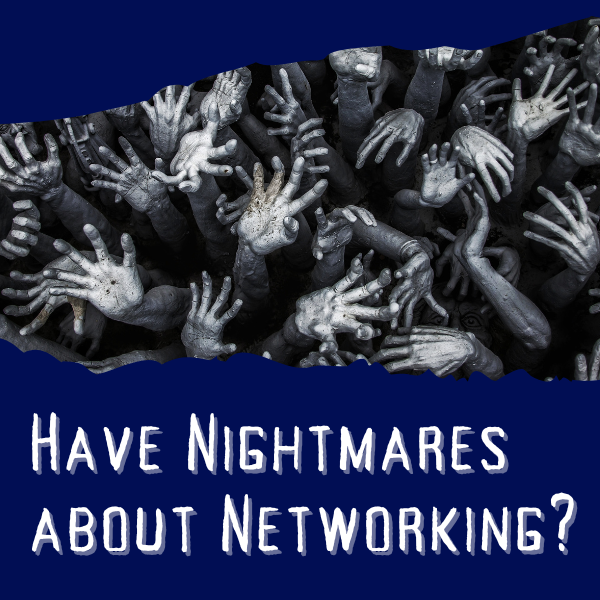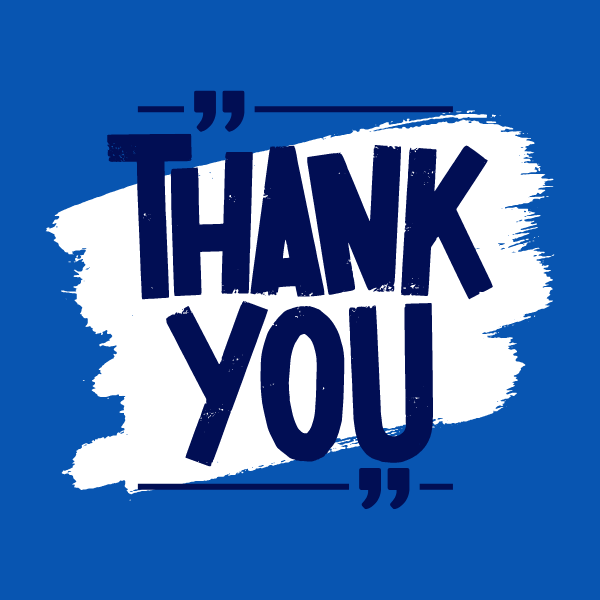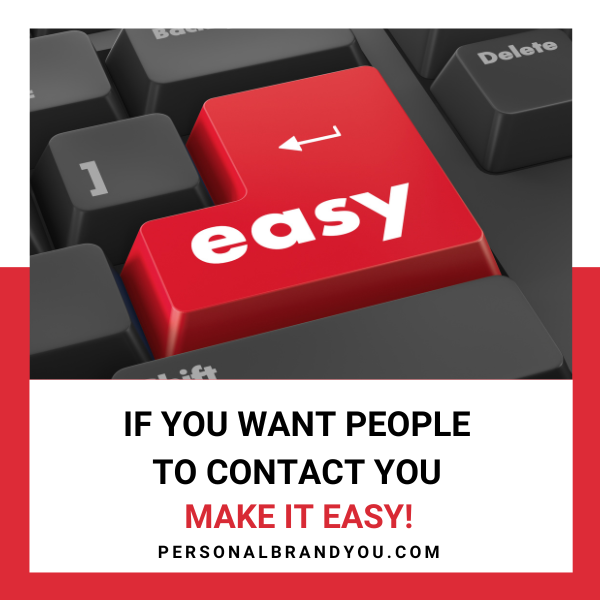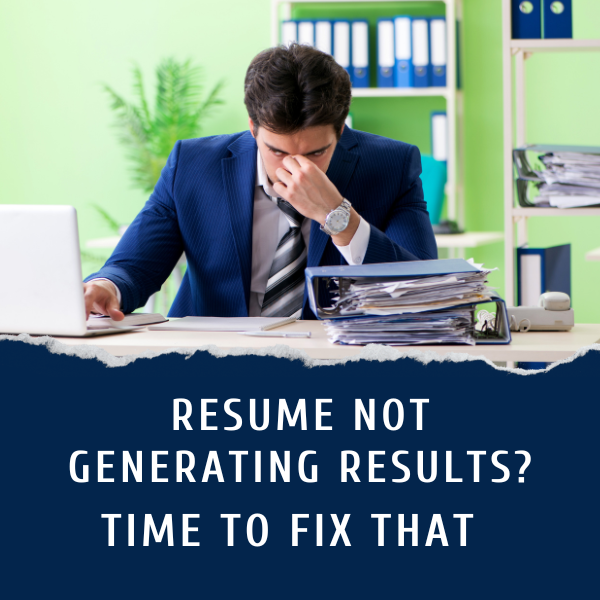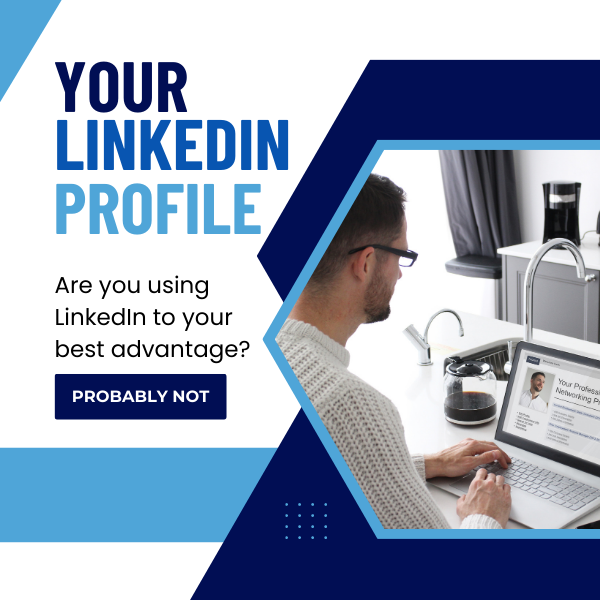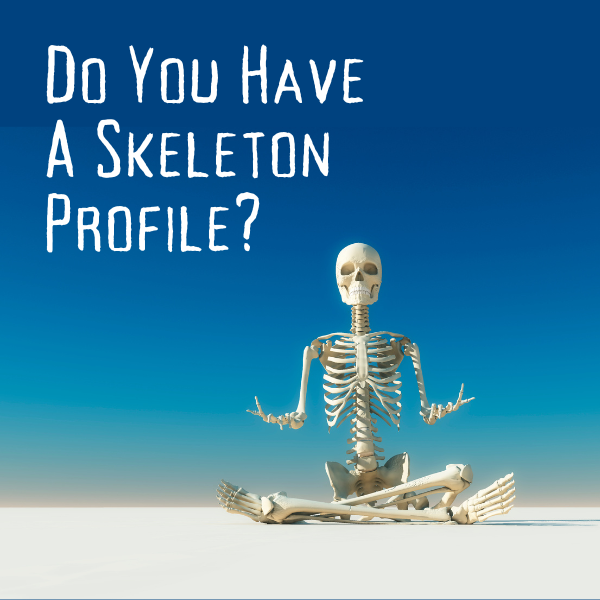LinkedIn Is A Noisy Place – Make Sure You Stand Out
LinkedIn is an incredibly noisy place. If you want people to notice you, you must make sure you stand out. In a good way.
📍Replace LinkedIn’s generic background image which makes you look generic too. (Watch my video to learn how to create your own here.)
📍 Write a headline that sells you to employers or potential clients, because you are more than your job title. You might include:
- Your target title – VP, Marketing, Senior Financial Services Executive, etc.
- Some of your top skills – relevant to an employer or potential client search – SEO, Business Development, Client Retention, etc.
- A tagline about what you do – create winning marketing campaigns or build top-performing teams
Do You Have A “Tombstone” Resume?
While most people think of resumes as employment histories, today’s resumes are marketing tools designed to sell you (the product) to a potential employer (the buyer).
They are not boring lists of responsibilities. They are not a place to document everything you do on a day-to-day basis. They don’t include every job you’ve ever had or every single thing you’ve done during your career.
That style of resume is sometimes called a “Tombstone” resume because it focuses on the past, not the future.
To be effective, your resume needs to highlight the skills and achievements that make you valuable to potential employers.
What Future-Focused Means
The days of getting a job based on your experience or job title alone as long gone. You may think managing a $MM budget or having executives reporting to you is impressive. But, on it’s own, it’s not.
How To Take The Nightmare Out Of Networking
You’ve probably heard about the “hidden” job market. It’s really not some secret place where the jobs are. It’s about the number of jobs that get filled through referrals. And that’s why career professionals talk about networking. Contrary to popular belief, that’s not simply making connections on platforms like LinkedIn, it’s building relationships with people who will think of you when they hear about a job that might interest you.
While job boards have their place, spending all your time applying to jobs online isn’t practical. Neither is expecting recruiters to contact you, even if your LinkedIn profile and other social media profiles are compelling. .
While 65% of recruiters use Linkedin to source candidates, according to the 2021 Jobvite Recruiter Nation Report other platforms have gained popularity. Facebook came in at 68%, Instagram at 46%, and YouTube at 35%. The report also notes that recruiting on TikTok is on the rise.
The majority of recruiters (53%), however, noted they found the highest quality candidates on LinkedIn.
Just remember, recruiters don’t work for you; they work for the employer. They are online looking for candidates to fill specific positions. More precisely, they are looking for a square peg to fit into a square hole. If you are a round peg, you’re out of luck.
Thank You Notes? Here’s Why You Need To Send Them
Cover letters are like thank you notes . . .
For every recruiter or hiring manager who says they don’t read them, there’s another who says they do.
And occasionally, I’ve heard that a candidate’s thank you note was the reason they got the job.
Just as with cover letters, the key is to make a compelling argument for them to hire YOU.
Boring thank you notes that read “thank you for taking the time to meet with me… Blah blah blah“ are a waste of time.
Breaking the Barrier of Implicit Bias- Understanding and Overcoming It
Are you concerned about biases and discrimination?
Despite laws and regulations, discrimination of all kinds is out there.
If you’re looking for a job, the employer might think you’re too old, too young, or too diverse, or not diverse enough.
Or a potential employer or client might not hire you because they don’t feel like you’re a good fit.
There’s something about you that they don’t like. Maybe something they can’t put their finger on.
Of course, they might feel an instant connection to you, and the uncomfortable feelings might be yours.
So I want to share something I learned about as a recruiter.
Unlock Opportunities By Putting Your Email Address On LinkedIn
Want more people to contact you on LinkedIn? Make it EASY for them.
Many people think that if someone wants to contact them, they’ll simply send an InMail.
Maybe they will; maybe they won’t.
Relying On InMail
When I was a recruiter, I spent hours on LinkedIn searching for candidates to fill open positions.
If I found a candidate who looked like they were perfect for our client’s job, I would send them an InMail and track down their email address just to make sure.
But, not if they were a “maybe.”
Read more
Resume Not Getting Results? Time To Turn Your Boring Employment History Into A Marketing Tool
Do you send your resume out just hoping for the best?
Do you share it with friends with the caveat that you just threw it together?
I’ve looked at thousands of resumes. Many potential clients I talk to today think their resume is “not too bad, probably needs a little tweaking.”
When I look at their resume from the perspective of a personal brand strategist and former recruiter, I see a resume that’s rubbish.
Long boring lists of duties and responsibilities, highlighted as achievements.
✔️ Developed and managed marketing campaigns for key clients . . .
✔️ Managed organizational functions for the largest global . . .
✔️ Worked closely with leadership on corporate communications . . .
Time to change that.
Are You Using LinkedIn To Your Best Advantage? Probably Not.
LinkedIn provides many opportunities for you to sell yourself to recruiters, employers, and potential clients.
But LinkedIn is only a tool. It’s up to you to use it to your best advantage.
Unfortunately, most people don’t use LinkedIn’s features to their best advantage.
When it comes to your profile:
🔹Does it have LinkedIn’s default Profile Banner?
🔹Is your Headline your current position (LinkedIn’s default)?
🔹Do you have 1 or 2 paragraphs in your About section, maybe talking about your employer?
🔹Do you ever comment on anyone’s posts, let alone write your own?
If you haven’t updated your Headline or written your About section because you don’t know the parameters and character counts LinkedIn supports, now you have no more excuses.
Do You Have A Skeleton LinkedIn Profile? (How’s That Working For You?)
𝗗𝗼 𝘆𝗼𝘂 𝗵𝗮𝘃𝗲 𝗮 𝘀𝗸𝗲𝗹𝗲𝘁𝗼𝗻 𝗟𝗶𝗻𝗸𝗲𝗱𝗜𝗻 𝗽𝗿𝗼𝗳𝗶𝗹𝗲? 𝗜’𝗺 𝗮𝗹𝘄𝗮𝘆𝘀 𝘀𝘂𝗿𝗽𝗿𝗶𝘀𝗲𝗱 𝗮𝘁 𝘁𝗵𝗲 𝗻𝘂𝗺𝗯𝗲𝗿 𝗼𝗳 𝗽𝗲𝗼𝗽𝗹𝗲 𝘄𝗵𝗼 𝗱𝗼.
Skeleton profiles are not only filled with missed opportunities to sell yourself to employers or potential clients. They make you look unsavvy. And who wants to hire someone who’s unsavvy?
Robust profiles tell people what you do AND why you do it. On the other hand, Skeleton profiles provide company names, job titles, and little else.
𝗦𝗞𝗘𝗟𝗘𝗧𝗢𝗡 𝗣𝗥𝗢𝗙𝗜𝗟𝗘
🔹 Headline – LinkedIn’s “default” headline, which is your current position
🔹 About section – A few lines that provide little information might even focus on your employer instead of you.
🔹 Experience – Job titles, maybe a few lines about what you did for your employers or clients.
How To Create A Resume For An Internal Promotion
The only time most people think about their resume is when they’re looking for a new opportunity with a different employer. But, that’s not the case. A winning resume can increase your odds of success when applying for an internal promotion.
If you’re competing with outside candidates, you already have one thing going for you. You’re already there. When you have a history with the employer, they don’t have to worry whether or not you’re a culture fit.
Hopefully, you also know some, if not all, of the players which might include the hiring manager, the HR team, and anyone else with influence.
That said, you still need to sell yourself to get the job.

